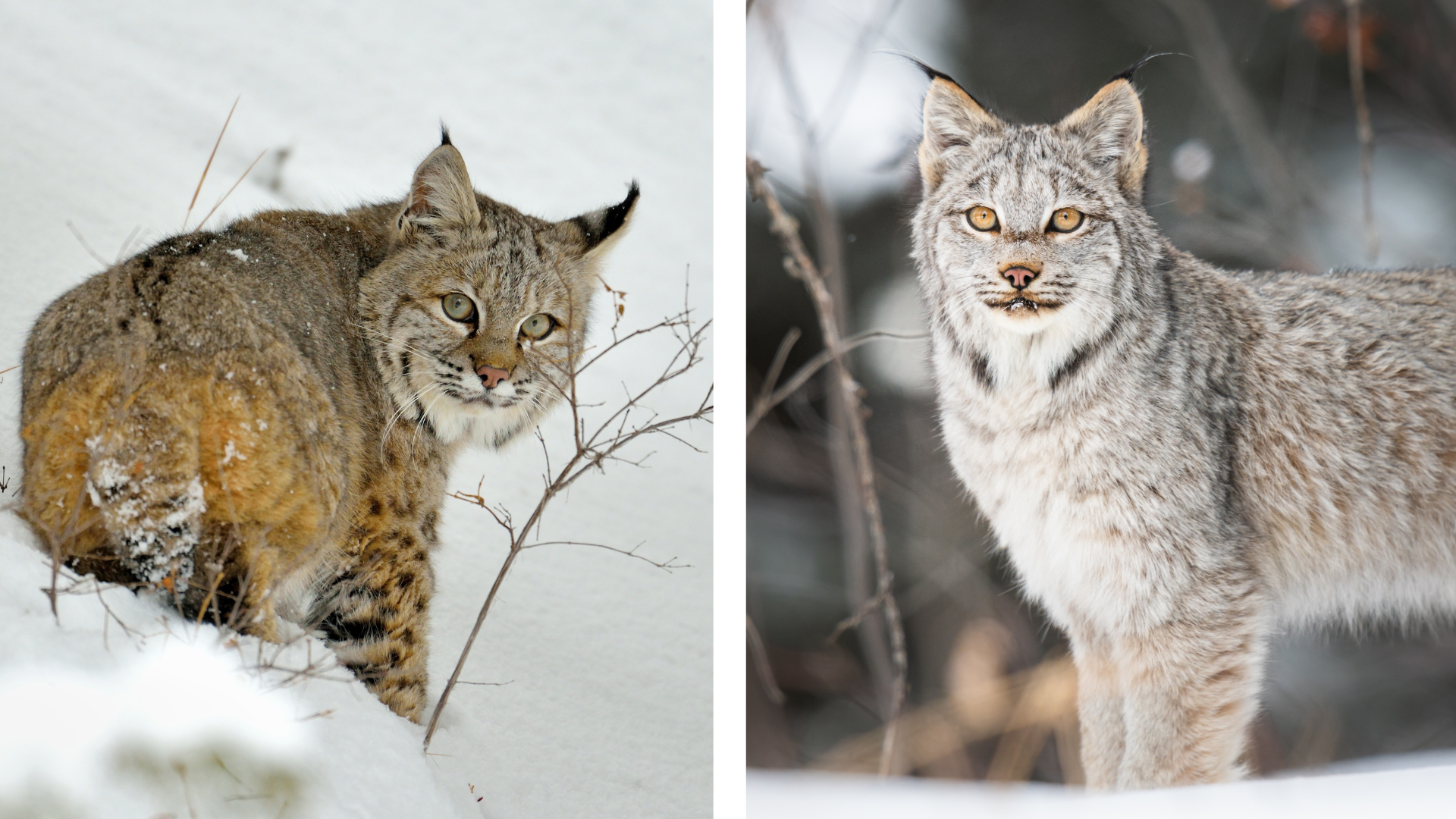
Differences Between Bobcats and Canada Lynx: How to Tell them Apart
By Chelsea Blyth Here in Alberta, we are lucky to share our landscape with a variety of incredible wildlife, including two elusive wild cats of

By Chelsea Blyth Here in Alberta, we are lucky to share our landscape with a variety of incredible wildlife, including two elusive wild cats of
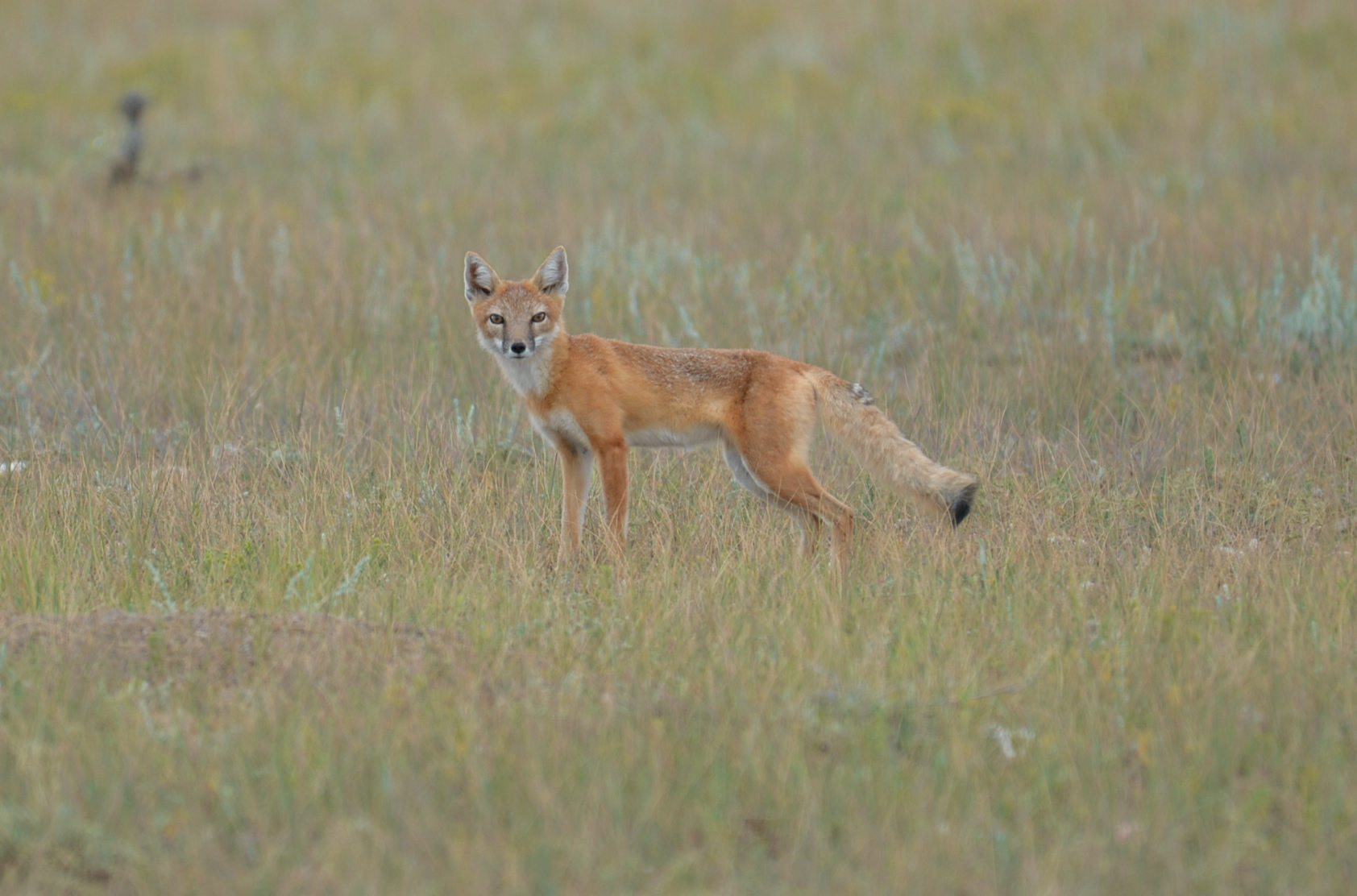
By Julia Gaume The swift fox (Vulpes velox) is a house-cat sized canid who wanders the open prairies in Alberta and Saskatchewan (and possibly Manitoba),
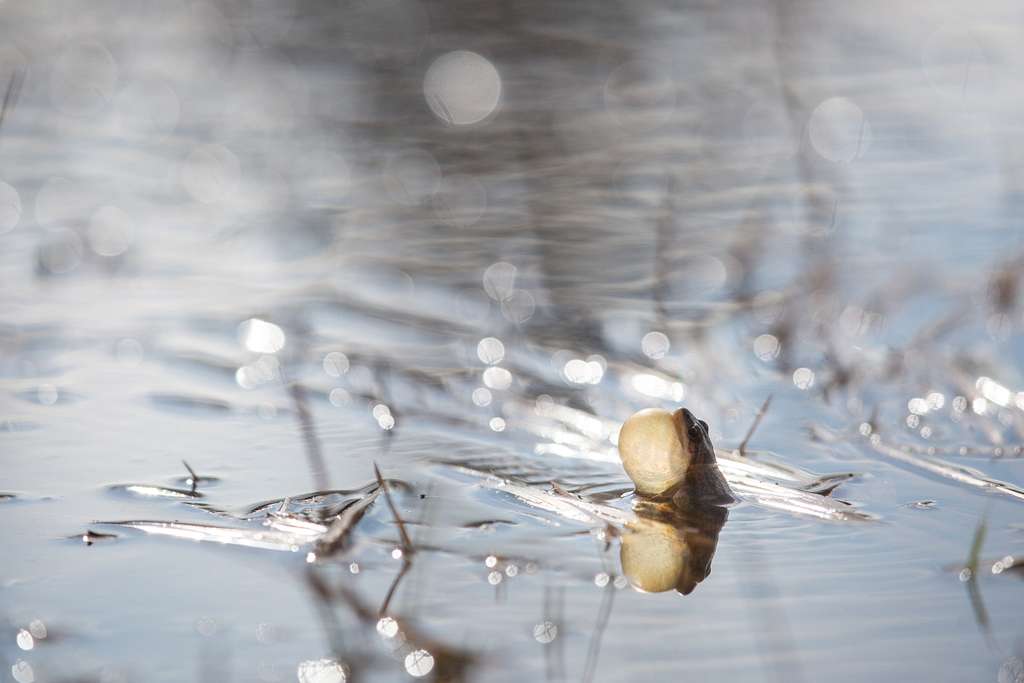
by Sydney Nelson Do you remember learning about the lifecycle of a frog during your earliest science lessons or library visits? You can probably recall
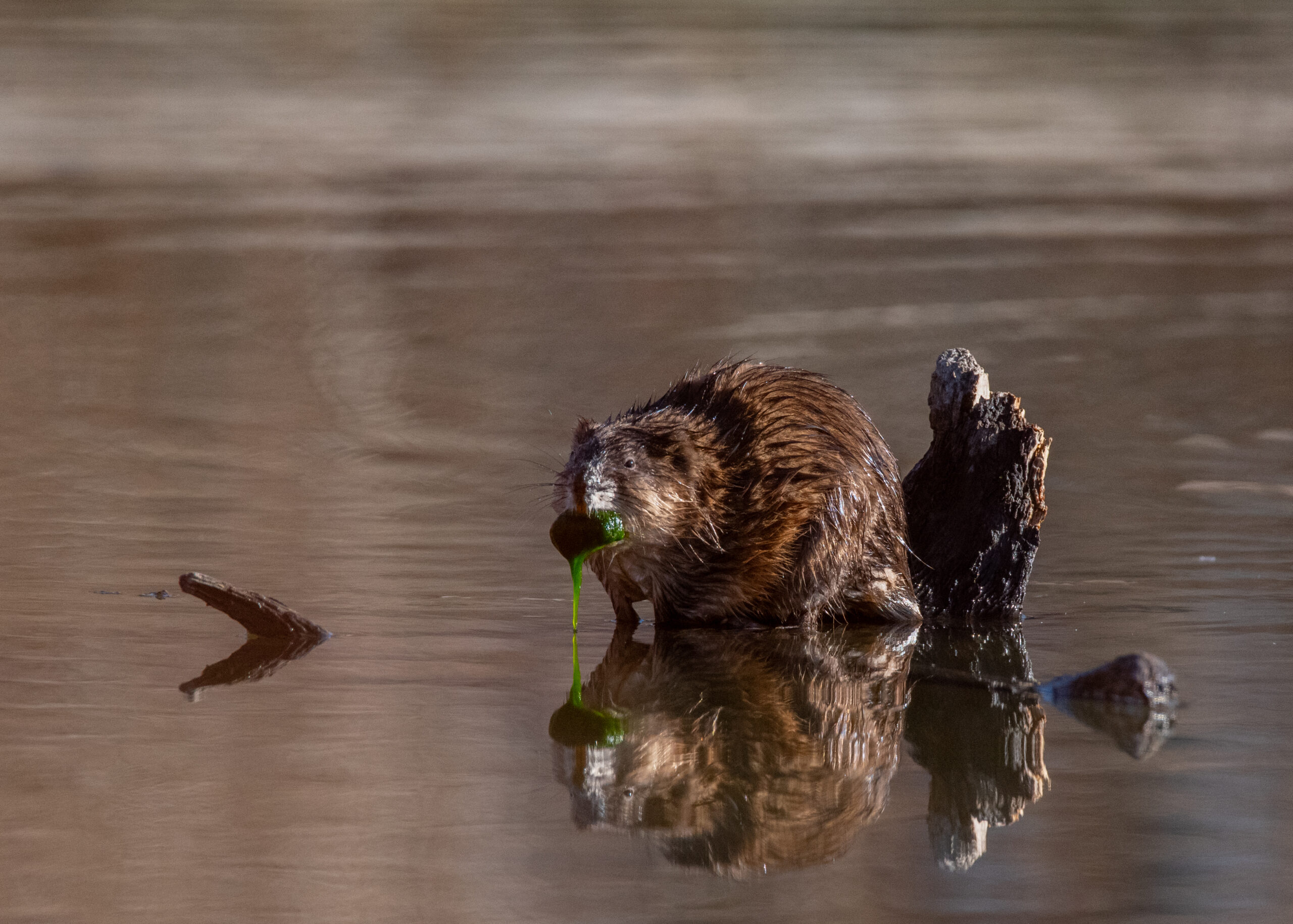
by Katie Grant Muskrats, often mistaken for their larger counterparts, beavers, are fascinating semi-aquatic rodents that play a crucial role in North America’s wetland ecosystems.
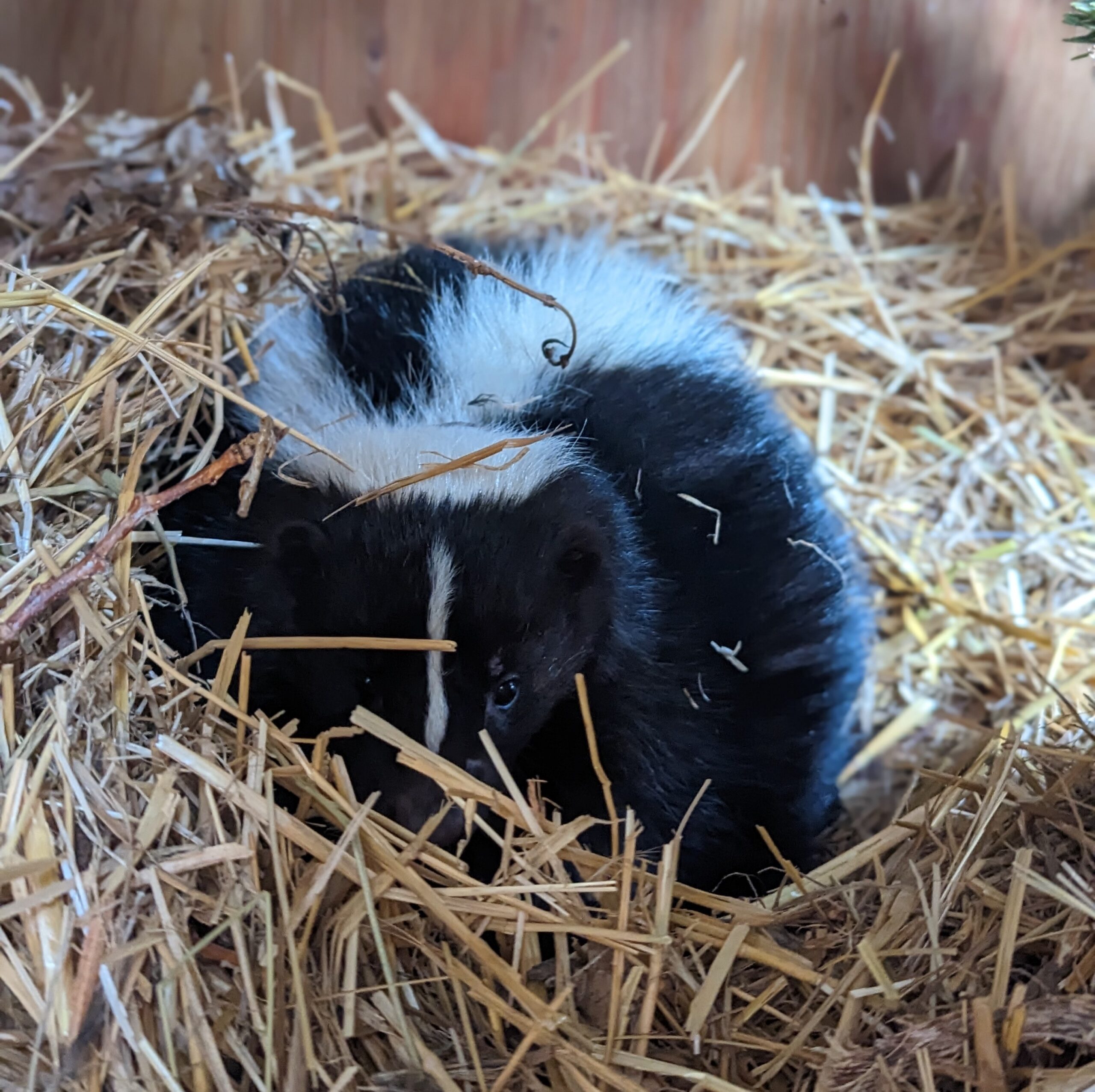
By Kendra Thomas How do skunks cope with winter? During the coldest months of winter, skunks retreat to underground dens where they enter a state
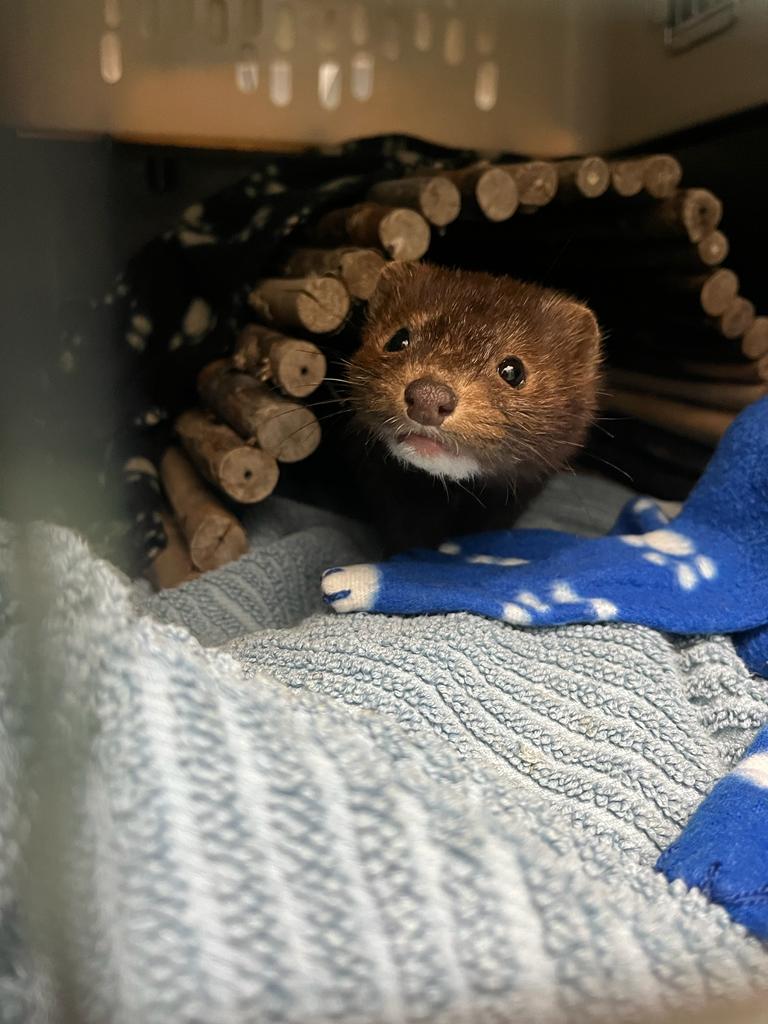
By Shalene Hughes The word “Mustelidae” is derived from the Latin word Mustela which means weasel.1 The Mustelidae are a diverse group of carnivorous mammals
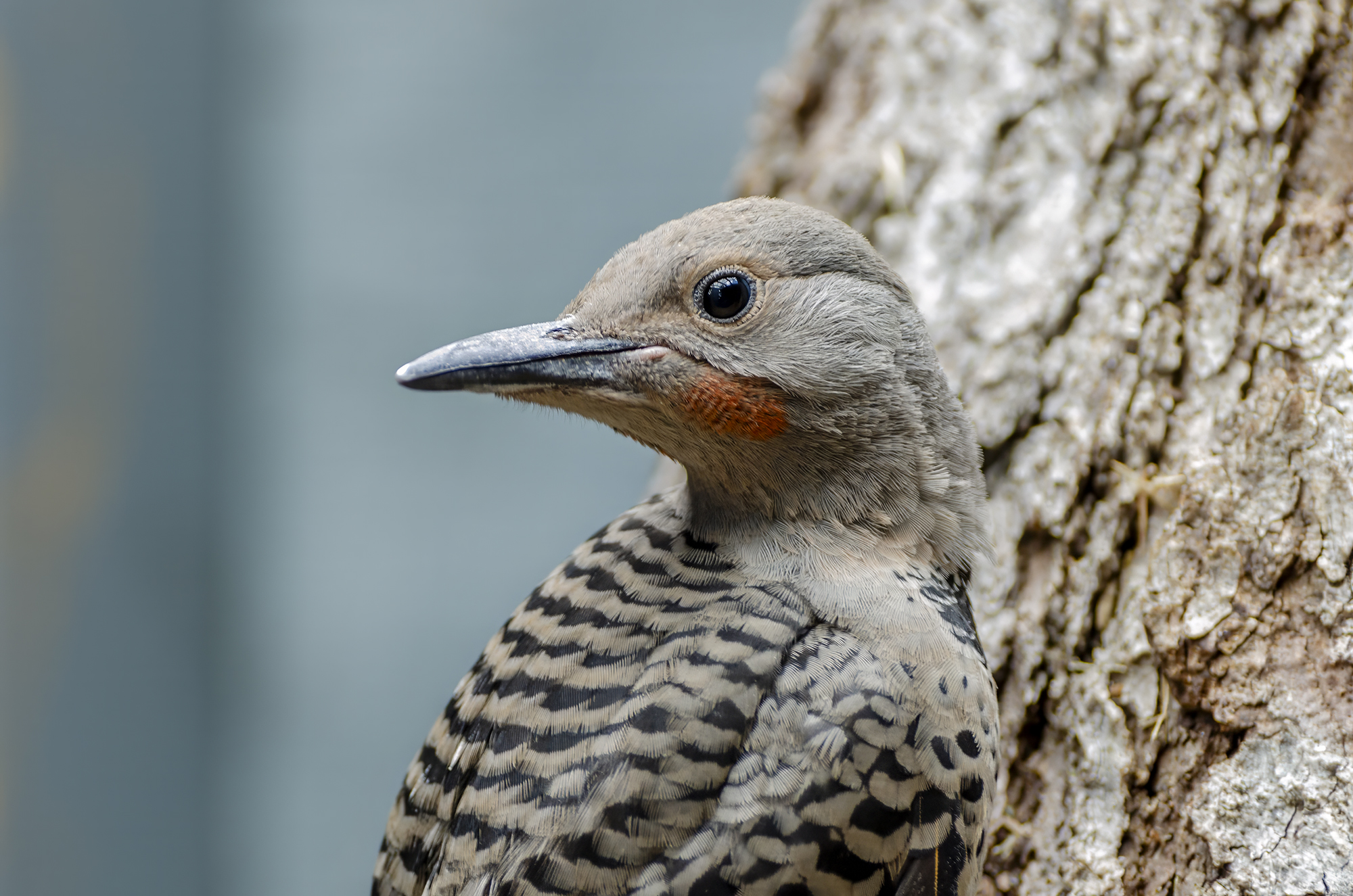
by Jennea Frischke Have you ever thought about what bird tongues look like? They are very different from our tongues. Human tongues are primarily muscular,
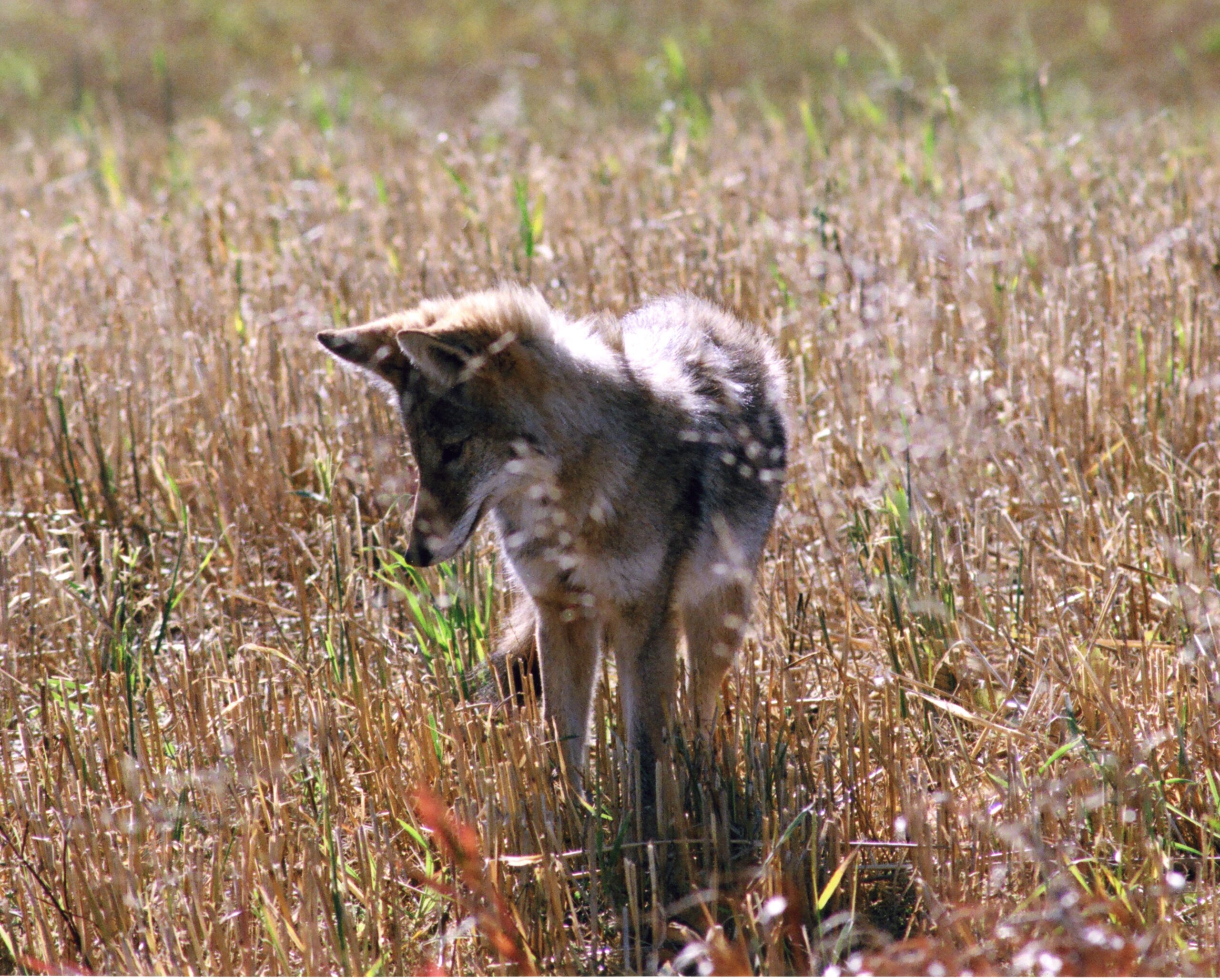
by Katie Grant The coyote is a species of canine native to North America. It is one of the seven members of the Canidae family
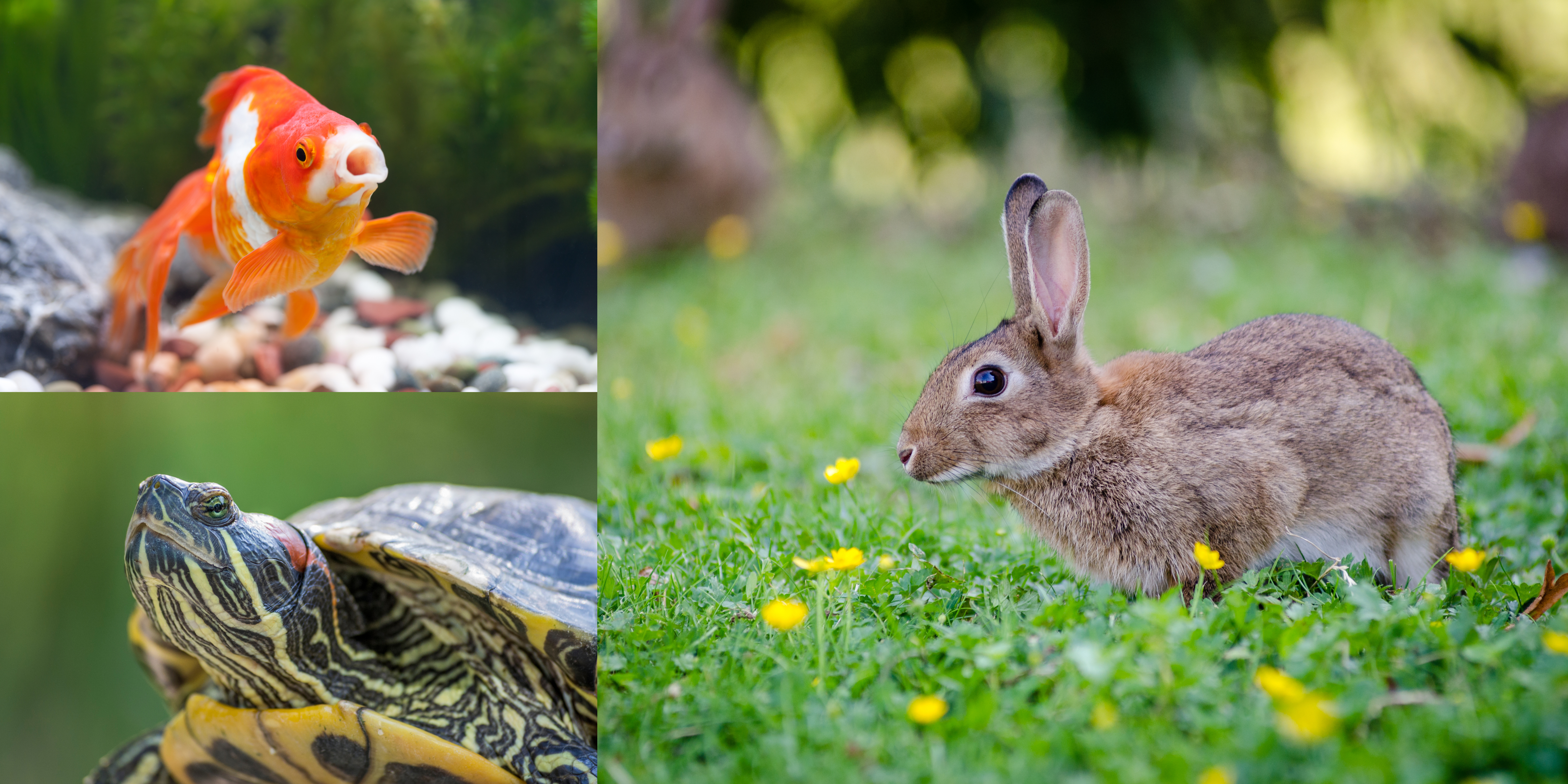
by Chelsea Blyth The release of domesticated animals into the wild, such as rabbits, amphibians, and cats, has far-reaching negative consequences for both the environment
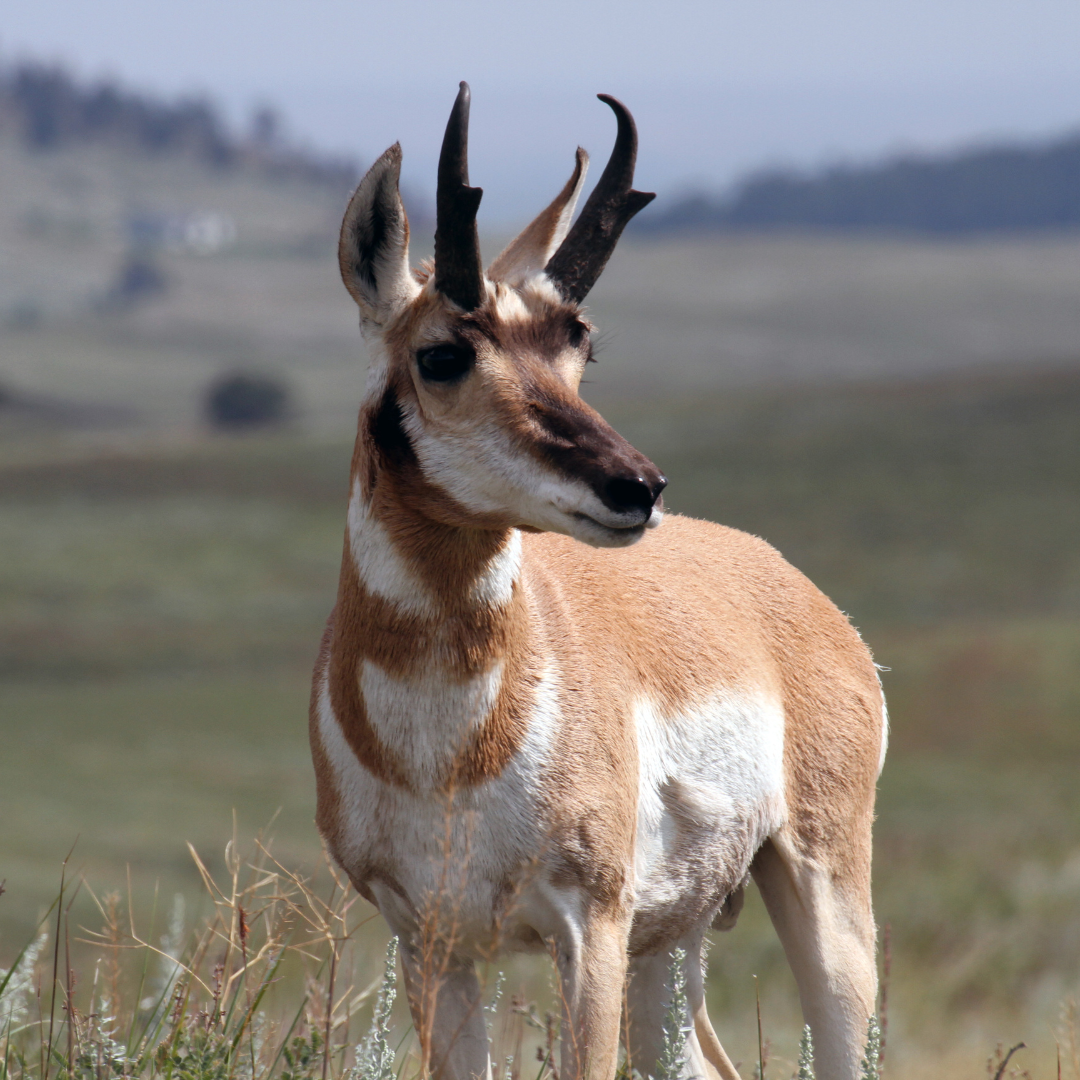
Pronghorns are instantly recognizable – from their curved horns to the white chevrons on their throats, they are aesthetically striking compared to other Albertan ungulates.